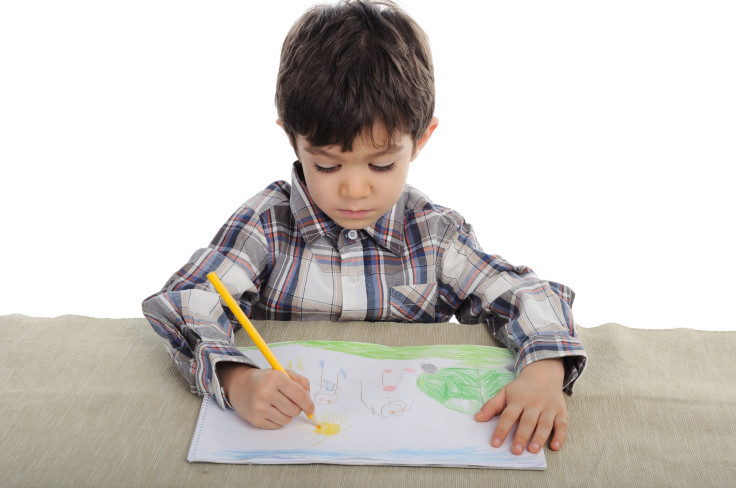Art Therapy May Help Kids With Behavior Problems

(Reuters Health) - School-based art therapy in the UK is helping troubled kids get back on track, a new study suggests.
Begun in 2002, The Art Room program is aimed at children between the ages of 5 and 16 who have been identified by their teachers as needing emotional and behavioral support.
Currently there are nine Art Room programs in UK schools. More than 10,000 children have been through the Art Room program since it started.
In a study published in the journal The Arts in Psychotherapy, researchers found that children emerged from the 10-week Art Room program with less depression, fewer behavioral problems and improved self esteem.
The Art Room provides a caring and creative environment through which children can “learn and achieve through art,” said Melissa Cortina, a consultant research psychologist with The Art Room, which is based in Oxford, England.
“It works closely with schools to support children within the school environment and help them find creative ways to bolster their self-esteem,” Cortina told Reuters Health. “It works with children and young people who are having serious difficulties and may be at risk of exclusion from mainstream school.”
The Art Room works with the children on social skills, education as well as therapy, and practitioners are trained with a unique methodology, Cortina told Reuters Health. The goal of the program is ultimately to help children and young people re-engage with education.
“Once they realize they can achieve success in The Art Room, they can take this new-found confidence back into their schools and daily lives,” she said in an email.
For the new study, Cortina and colleague Mina Fazel of Oxford University analyzed questionnaires filled out by 169 students in the program and their teachers before and after the 2012-2013 school year. Overall that year, more than 1,000 kids from 13 feeder schools attended The Art Room.
Based on teacher responses, students improved in all areas. There was a 37 percent reduction in a topic called Total Difficulties, a 41 percent reduction in emotional problems, a 15 percent reduction in conduct problems, a 33 percent reduction in hyperactivity, a 41 percent reduction in problems with classmates and a 24 percent improvement in social behavior.
On the children’s part, there was a notable drop in depression symptoms. Before the program, 16 students (22 percent) had been classified as depressed. After the program, less than 4 percent qualified as depressed.
Debra Linesch, a professor of Marital and Family Therapy at Loyola Marymount University in Los Angeles, California, said that while this particular program is not available in the U.S., there are others that use art therapy in schools.
“There are many places where art therapists work in schools and engage children in emotionally and academically enhancing ways that look more like the model discussed in this study than traditional psychotherapy groups,” Linesch said.
The Art Room intervention is not something that parents can easily duplicate at home, Cortina said, because it needs to be done in a more structured environment with a trained instructor. It also can provide a sense of belonging at school that is different from what can be provided in the home environment.
However, “it is certainly possible for parents to adopt some of the techniques used in The Art Room for home, such as creating a positive, support environment that promotes creativity,” Cortina said.
While the focus now is in schools, Cortina notes that The Art Room (http://www.theartroom.org.uk) has a long-term vision of incorporating families and communities to extend "the positive effects of the program.”
SOURCE: http://bit.ly/1u7o9ap The Arts in Psychotherapy, online December 22, 2014.
(By Roxanne Nelson)



























